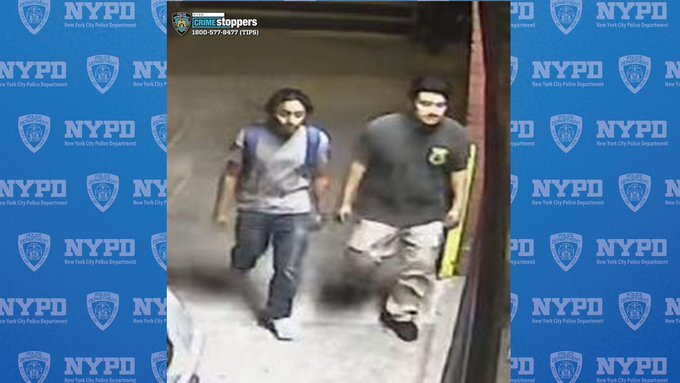Aims To Exonerate The Innocent
Attorney General Eric T. Schneiderman announced the establishment of a Conviction Review Bureau in the Office of Attorney General (OAG), a first-of-its-kind statewide initiative to address issues related to wrongful convictions across New York State.
Partnering with law enforcement across the state, Schneiderman said the bureau will work to ensure that New York’s justice system maximizes its ability to convict the real perpetrators of crimes, while preventing innocent people from being penalized for crimes they did not commit.
“There is only one person who wins when the wrong person is convicted of a crime: the real perpetrator, who remains free to commit more crimes. For victims, their families, and any of us who could suffer the nightmare of being wrongly accused, it is imperative that we do everything possible to maximize accuracy, justice, and reliability in our justice system,” Schneiderman said. “As a result, my office will be working with District Attorneys across the state to address compelling claims of innocence, and I will conduct a topto bottom review of my office’s investigatory and prosecutorial procedures, and adapt them as needed to ensure reliability.”
The attorney general noted that there are numerous examples of district attorneys successfully reviewing and reinvestigating cases, perhaps most famously the Central Park jogger case in Manhattan. However, there may be instances in which it is helpful for an independent and specialized entity to enter the process.
To address this criminal justice imperative, the Conviction Review Bureau will:
– Review potential wrongful conviction cases. The Conviction Review Bureau will work with D.A.’s offices to identify cases where the involvement of the Conviction Review Bureau may be of use. The OAG will be available for referrals from District Attorneys as resources allow, and on referral will investigate in anticipation of potential litigation.
These might include cases where a D.A.’s office lacks the additional staff required to conduct a review, or a conflict might exist. It is anticipated that these cases will be serious felonies and ones in which the claimant’s other options are exhausted. In addition, the OAG will continue to address claims of actual innocence in its own cases.
– Conduct top-to-bottom review of OAG’s investigatory and prosecutorial procedures. The Bureau will conduct an internal review of the OAG’s investigative procedures (e.g., identification procedures, the recording of confessions). After intensive study, the bureau will adopt best practices for the office’s investigative division with the goal of maximizing reliability.
In addition to addressing the efficacy of investigations, the bureau will also devise guidelines for best prosecutorial practices to be applied by OAG attorneys, to help ensure the fair administration of justice .
– Efficiently resolve unjust conviction torts. A subcommittee of the Bureau will meet to resolve unjust conviction torts filed against the state. This will enable those found by the courts to have been unjustly convicted, and meeting the requirements for compensation under state law, to receive it in an efficient, streamlined manner.
In making his announcement, Schneiderman expressed gratitude to the District Attorneys Association of the State of New York (DAASNY) led by Westchester District Attorney Janet DiFiore, as well as to the New York State Justice Task Force, commissioned by Chief Judge of the State of New York Jonathan Lippman, both of which have been exploring improvements to law enforcement procedures to make them as fair and reliable as possible.
The new bureau will be led by Chief Thomas Schellhammer, an Assistant attorney general and former homicide prosecutor in the New York County District Attorney Office, and Director Blake Zeff, who serves as senior advisor to the attorney general.
“I look forward to continuing to partner with leaders in law enforcement in New York State, so that together we will lead the way for the nation, when it comes to criminal justice reforms,” Schneiderman concluded.
































